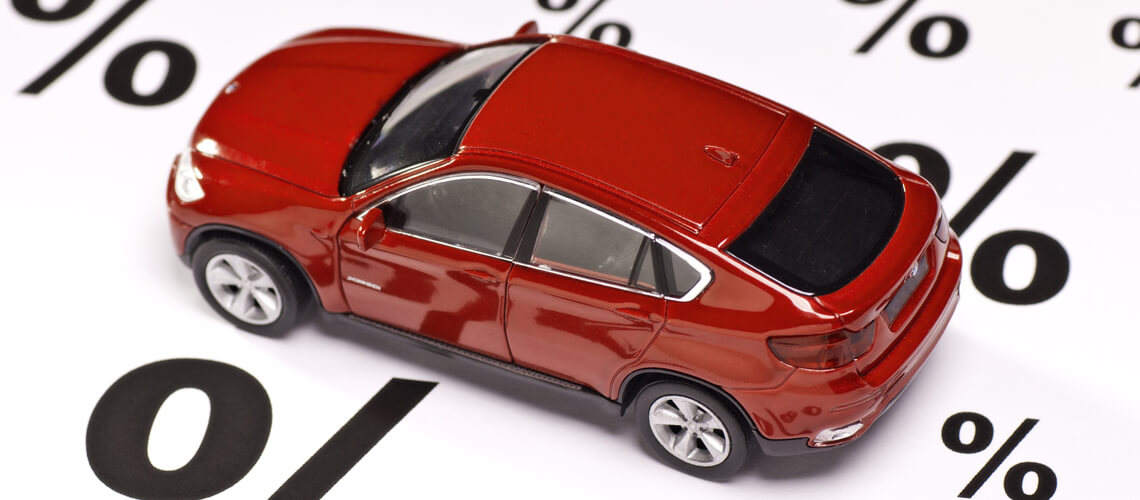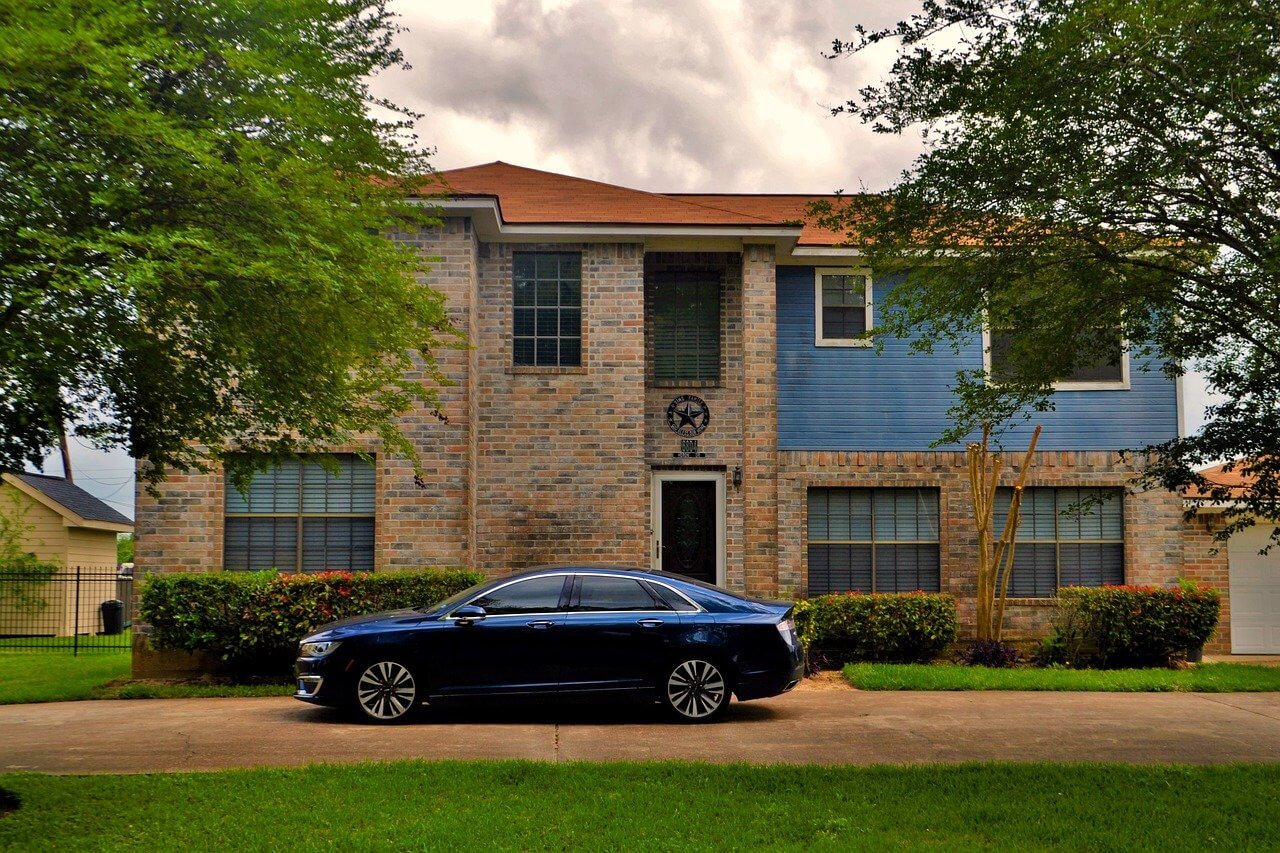Besides the obvious consideration of making sure you have a high enough income, many people to realize the impact a car payment could have on their ability to qualify for a mortgage. Why does one affect the other? Why can’t we have our cake and eat it too?
Well, it may actually come down to choosing between the two — car or house — because too steep of a car payment may cost you a mortgage. It’s important you know these things before making a car purchase so that you’re fully prepared for what is to come in the years down the road and what obstacles you may encounter — or avoid — based on the choices you make today.
First of all, you’ll need to understand how lenders decide the mortgage amount you qualify for. They’ll, of course, consider such things as your credit score and current finances — savings, income, etc. –, but once you’ve been given the go-ahead for a loan, there are two main ratios that lenders will look at to land on an acceptable mortgage.
The first ratio is that of your housing costs compared to the total monthly income. Lenders need to feel comfortable enough with your income to be confident that you can keep up with monthly expenses, so they’ll need to figure out how much of your monthly income goes towards housing.
How can you determine this? Start by noting your total gross pay per month, before any deductions are accounted for. Next, multiply that number by .28 (28%). This is what most lenders do to determine what your total housing costs should be; this includes principal, interest, property taxes, and homeowners insurance — PITI, for short. You’ll find that some lenders multiply it by .35 instead, but such a high number is often unrealistic.
Example: The combined income for a couple is $70,000, which comes to $5,833 per month. $5,833 x 28% = $1,633. Their total PITI should not go over this amount.
The second ratio lenders look at is the debt-to-income ratio, and this is where your car payment comes into play. When they are analyzing this ratio, this is the calculation they make: first, write down all monthly debt payments that have a pay-off period of over 11 months. This includes such things as car loans, any installment loans, student loans, credit card payments, etc. Then, multiply this number by .35 (35%); your total monthly debt, including the expected PITI should not exceed the number you’ve produced.
Example: A couple has credit card payments of $200 per month, car payments of $436 and $508 (see assumptions at bottom), student loan payments of $100 and $75, and a payment of $100 per month on an installment loan, for a total monthly debt payment of $1,419.
Multiply their total monthly income of $5,833 per month times .35 (35%). The total monthly debt, including PITI, should not exceed $2,041. Once you’ve subtracted their monthly debt payments of $1,419 from $2,041, you’re left with just $622 a month for PITI, and after estimated taxes and insurance (see assumptions) are deducted, they’re down to barely nothing — $386 per month towards principal and interest on a mortgage.
It’s beginning to become clear now why car payments — and other debt, for that matter — can hugely affect the possibility of you getting approval for a mortgage. With the example we’ve done so far, the only house you’d qualify for is one that costs $61,000 at 6.5%, and according to Zillow, the median sale price as of June 2018 was $218,000. Frankly, there are very few places left where you can buy a house for a price as low as $61,000, and even if you did find one, I doubt it would be liveable. Your car payment could be the one thing between you and the house of your dreams!
To illustrate, let’s look at the above example without the car payments. You’d qualify for a mortgage payment (PITI) of $1,565 a month ($2,040 total allowable monthly debt payments minus your actual monthly debt payments, not including car payments, of $475). Once you’ve subtracted property taxes, homeowners insurance, and private mortgage insurance, your left with $1,074 per month towards principal and interest payments. Now, we’re talking. You could qualify for a house that costs around $169,000.
So what does this mean for you and the car that you’ve laid your eyes on? Well, we all need to get around; if you live anywhere but NYC and a few other select cities, a car is pretty much a necessity. But is buying a new car always necessary? Not really.
I know that new-car smell is tempting, but honestly, cars depreciate in value so quickly that you’re far better off buying a one- or two-year-old used car that’s potentially $5,000 to $15,000 less than the new one. As a result, lenders will feel much more comfortable deciding your mortgage while looking at your debt-to-income ratio.
Let’s take this concept and apply it to the illustration we’ve used throughout, replacing the purchase of new cars with two-year-old cars. You’d be left with payments much lower — $183 and $350 a month, to be exact, saving over $400 every month. Keep in mind how much lower your auto insurance would be, as well! In this scenario, you’d qualify for a mortgage of $65,000 more, totalling $128,000. This is a much more realistic number to go house shopping with than $61,000!
At the end of the day, the choice is yours. If you already have a place you are content with or don’t see yourself purchasing a house in the foreseeable future, go for the newer car if that’s what your heart is set on. Keep in mind how quickly priorities change, however, and don’t make any rash decisions. Otherwise, you’re better off setting aside a new car to settle for a used one in order to be approved for a mortgage. Having a house is quite a feat — and a bigger one than a brand new car!
Assumptions used in this article for illustration purposes
 One spouse has purchased a 2003 SUV at a base price of $26,775, plus an additional feature for $490, and another package for $1,005, for a total price new of $28,270. The other spouse has purchased a 2003 sedan with a base price of $23,149, plus a package for $1,249, for a total of $24,398. These car prices are close to the average car price paid back then.
One spouse has purchased a 2003 SUV at a base price of $26,775, plus an additional feature for $490, and another package for $1,005, for a total price new of $28,270. The other spouse has purchased a 2003 sedan with a base price of $23,149, plus a package for $1,249, for a total of $24,398. These car prices are close to the average car price paid back then.
The individuals in the illustration have excellent and substantial credit and qualify for a low interest rate of 4.5%. A $1,000 down payment has been paid for each car, and the car loans are for 5 years, leaving them with payments of $436 for the first car and $508 for the second one.
If they choose a two-year-old car instead of a new one, the median price is around $10k instead of $24,398, lowering the monthly payment to around $183 at 6.3% interest after $1,000 down (rates on used cars are generally somewhat higher than rates on new cars).
If the other spouse buys a two-year-old truck instead of a new one for $19,000 instead of $28,270 (Toyotas don’t depreciate as quickly as American cars), their monthly payment will be around $350 at 6.3% interest with $1,000 down.
Property taxes are $2,000 per year, or $166 per month, and their homeowner’s insurance is $300, or $25 per month. Since they can’t make a down payment equal to 20% of the value of the house their buying, they’ll also have to pay private mortgage insurance, which is around $45 per month.

